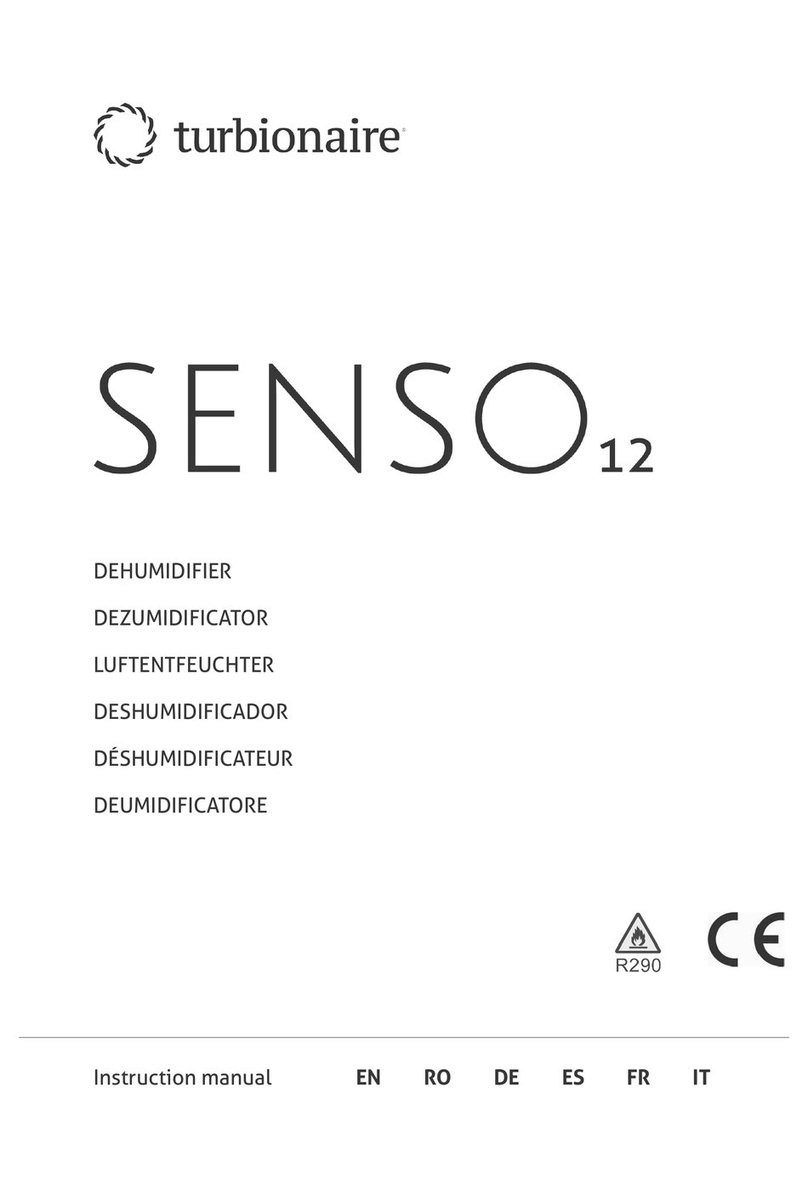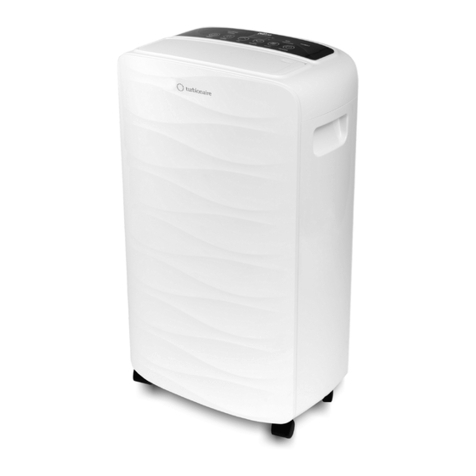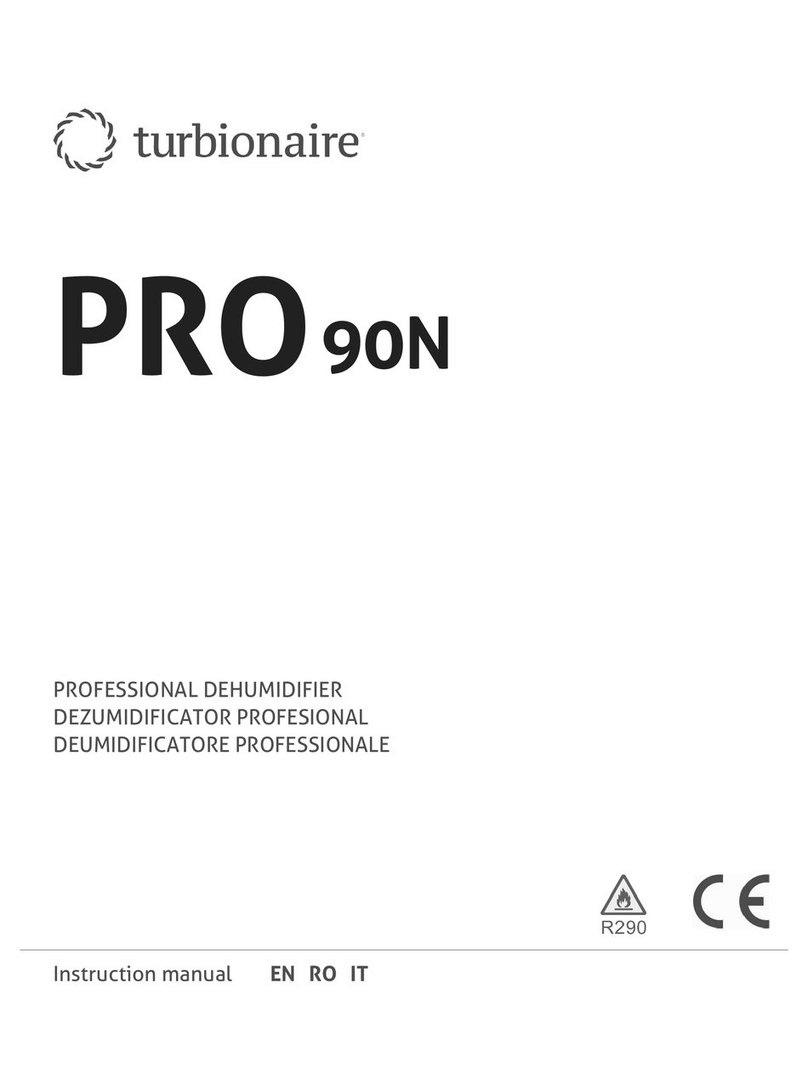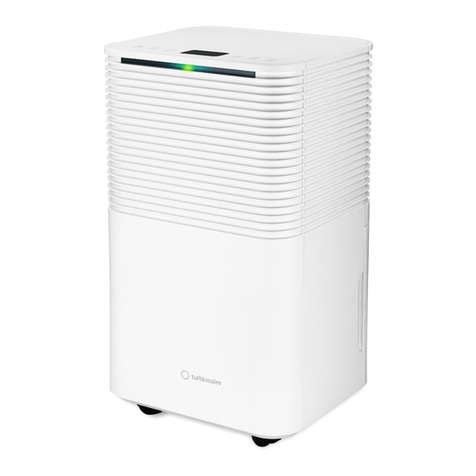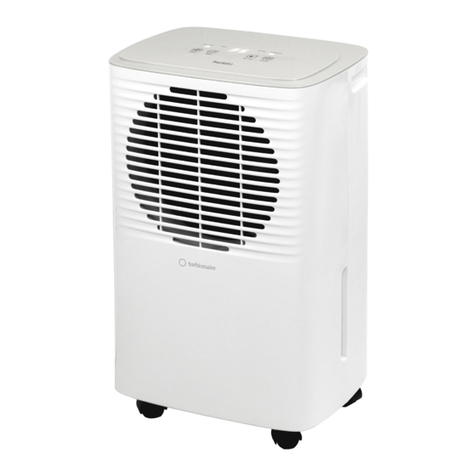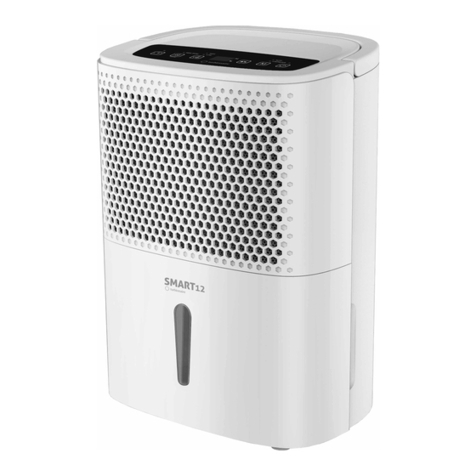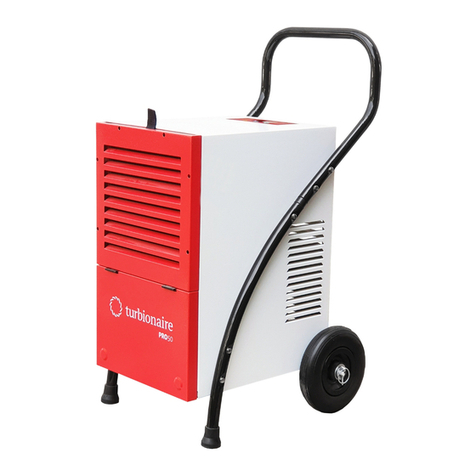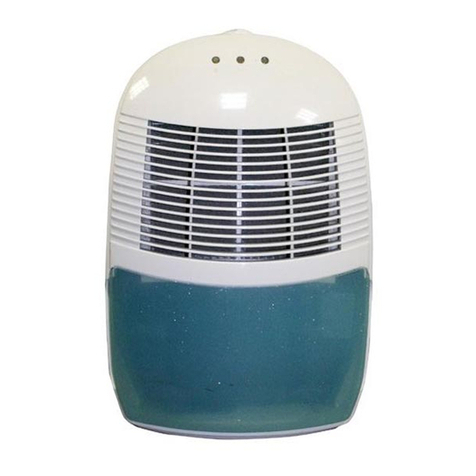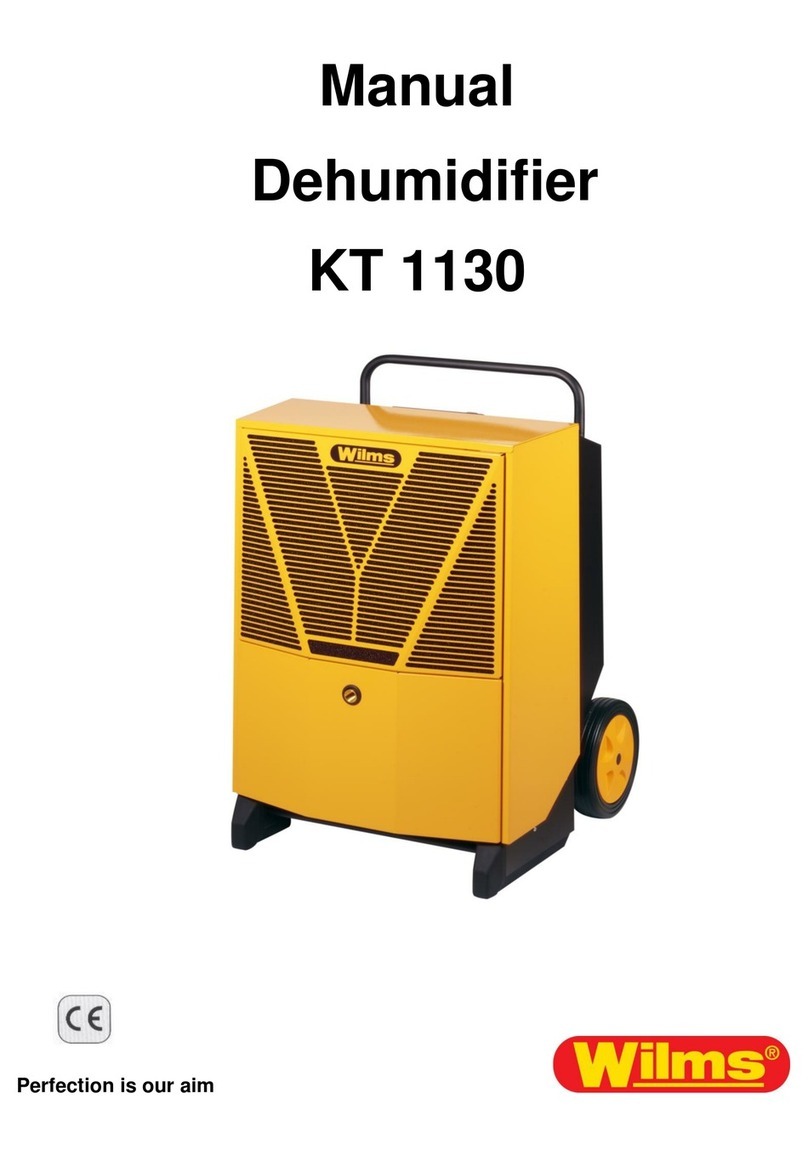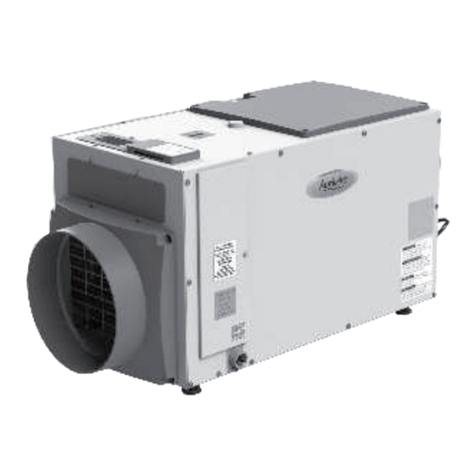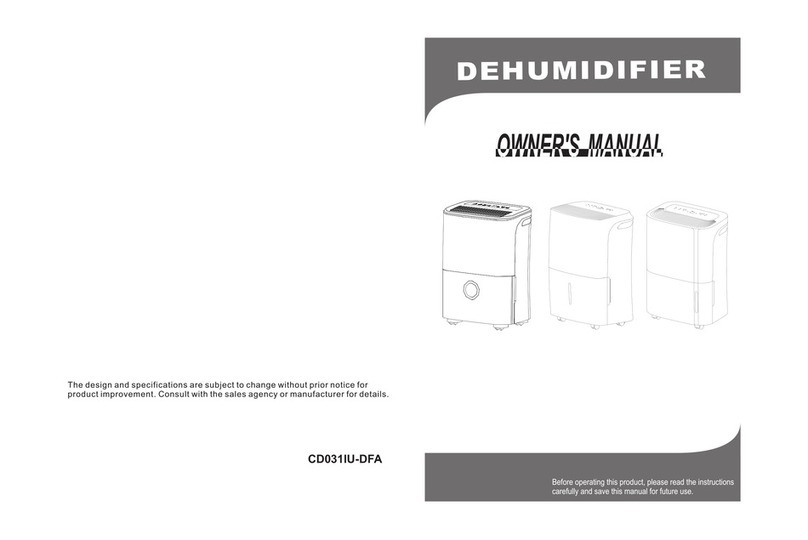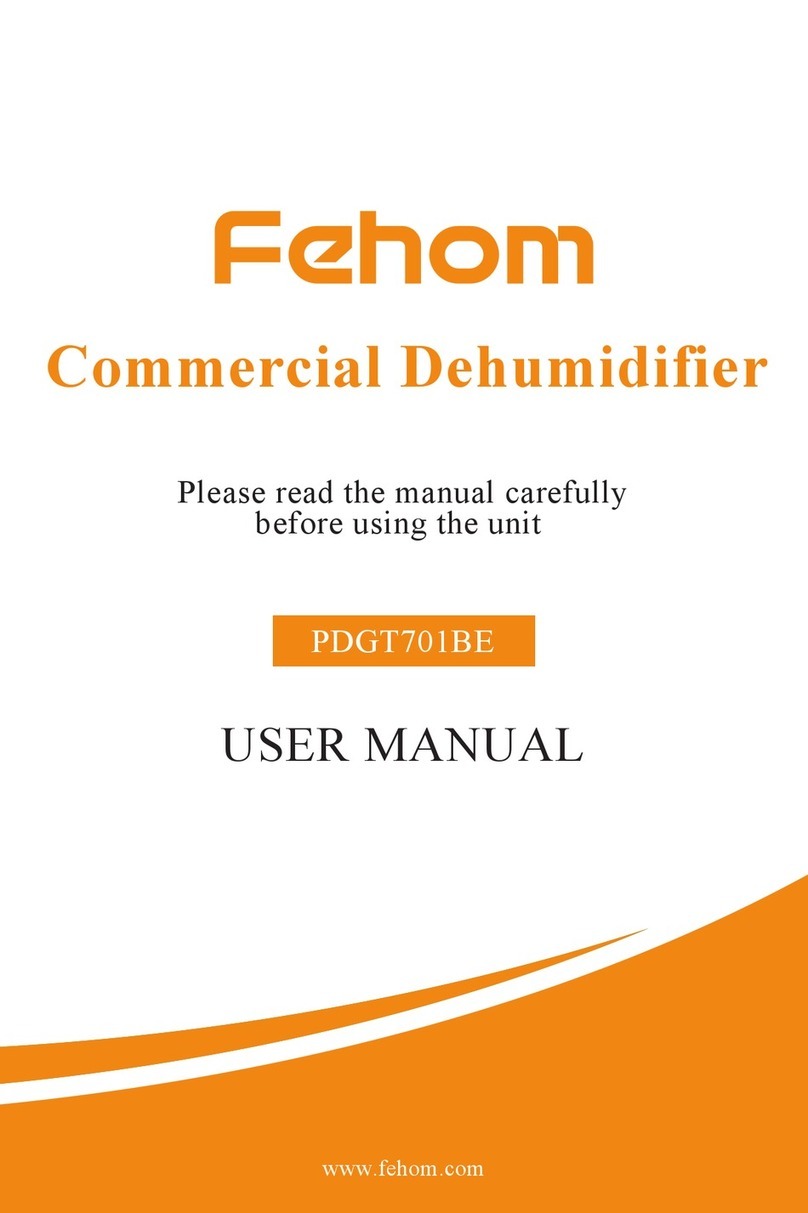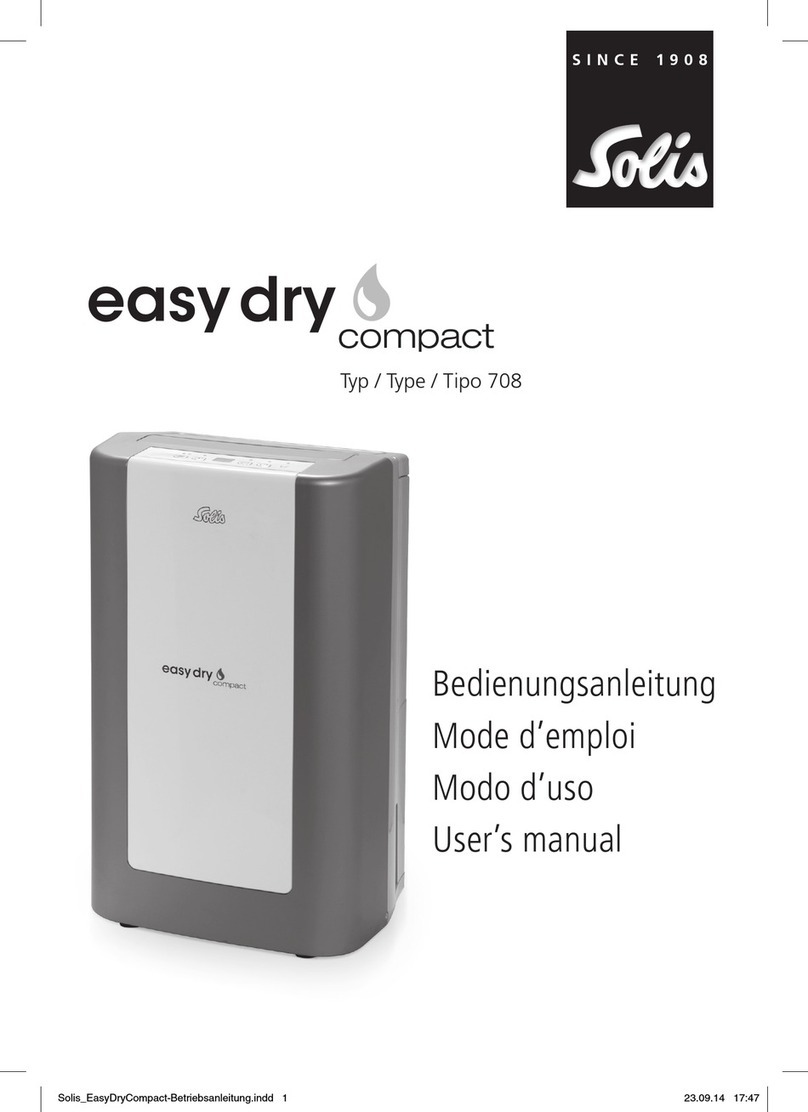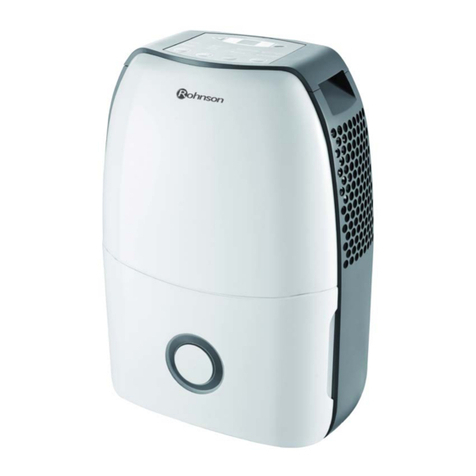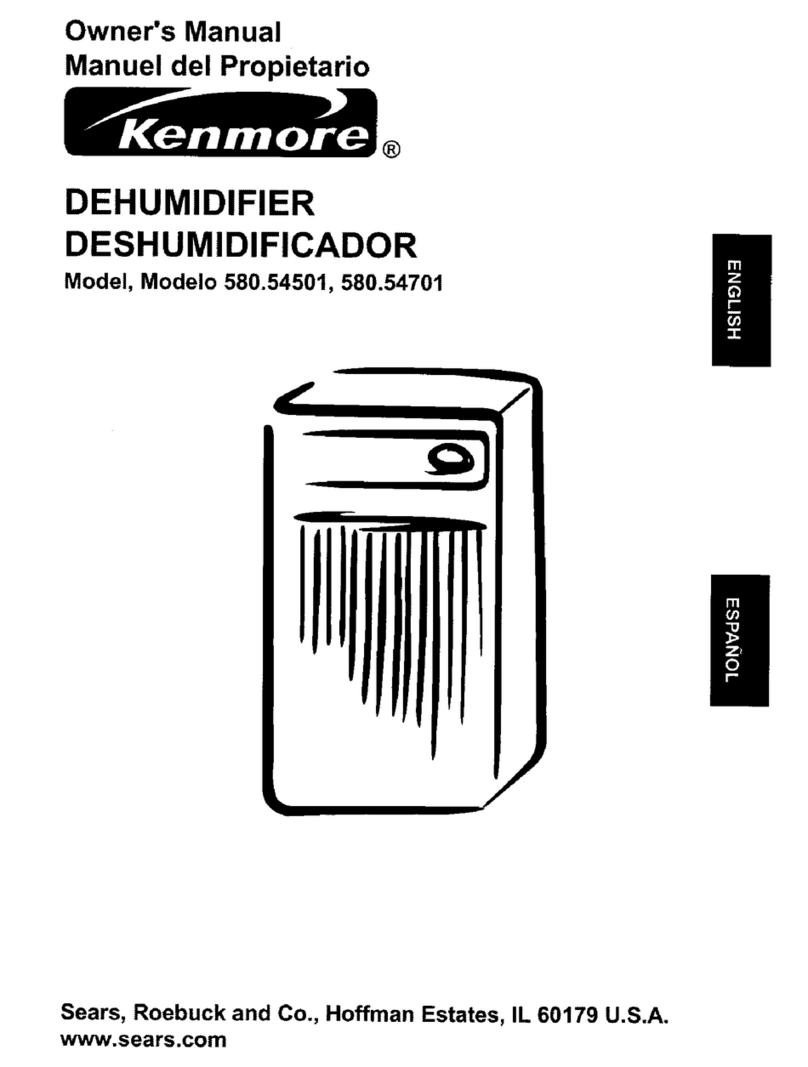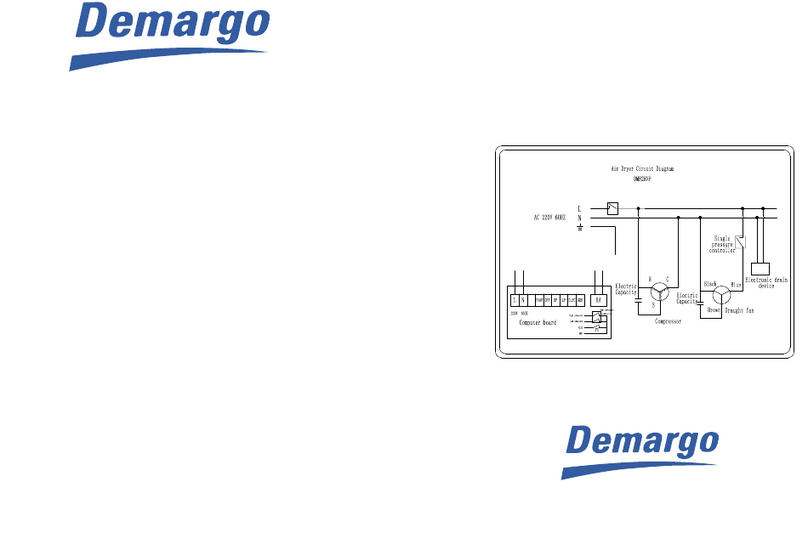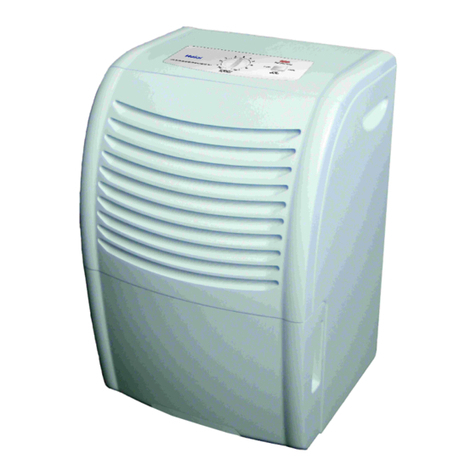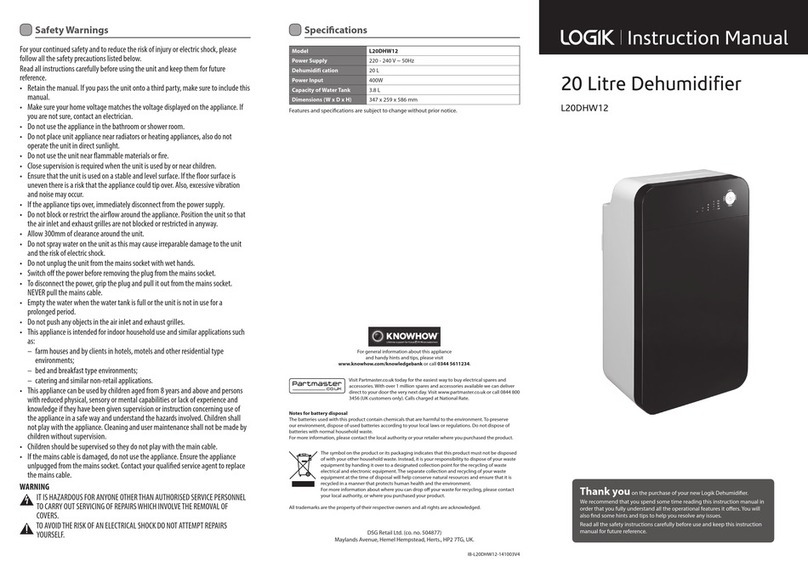
7
the risk of leakage of flammable gas or vapours during working procedures.
3. The general working area
All maintenance personnel and the others working in adjacent places should be trained on
the nature of their work. Working in enclosed spaces should be avoided. The area around
the workspace will be delimited. Ensure that safety conditions are met in the working area
by controlling the flammable material.
4. Checking the presence of the refrigerant
The area will be checked with a suitable refrigerant detector before and during working to
ensure that the technician is aware of the potentially flammable atmosphere. Ensure that
the leakage detection equipment used is suitable in case flammable refrigerants arise, i.e.
spark proof, properly protected or sealed.
5. The presence of the fire extinguisher
In case heating work must be carried out in the refrigeration system or in any associated
parts, adequate fire-fighting equipment must be always available for you. Make sure there is
a dry powder or a CO2 fire extinguisher adjacent to the working area.
6. No sources of open flame
No person working within the refrigeration system involving direct exposure to flammable
refrigerant will use an open flame source, otherwise it will significantly increase the risk of
fire or explosion. All ignition sources, including cigarettes, should be kept sufficiently far
from the place of installation, repair, removal and disposal, during which the flammable
refrigerant could be released in the surrounding area. Before working on such a plant, the
surrounding area must be monitored to ensure that there is no risk of ignition. Also, the
message "No smoking" should be displayed.
7. Ventilated area
Make sure that there is an open or well ventilated area before starting working on the
cooling system or performing any heating work. The presence of a fan is compulsory
throughout the work. Through ventilation, any released coolant should be safely dispersed
and preferably expelled out into the atmosphere.
8. Checking the refrigeration equipment
If the electrical components are replaced, they must comply with the technical
specifications. Strictly observe the instructions for maintenance and service of the
manufacturer. If in doubt, consult the manufacturer's technical department for assistance.
The following verifications apply to installations using flammable refrigerants:
- the amount of cargo is in line with the size of the room where the components
containing the refrigerant are installed;
- the fans and air outlets work properly and are not obstructed;
- if an indirect cooling circuit is used, the secondary circuit must be checked to see if it
contains refrigerant;
- The marking of the equipment must be visible. The signs and symbols that are illegible
will be corrected;
- The pipes or components of the refrigeration plant are placed in a position where they
are unlikely to be exposed to any substance that may corrode the components containing
refrigerant unless the components are made of corrosion-resistant materials or suitably
